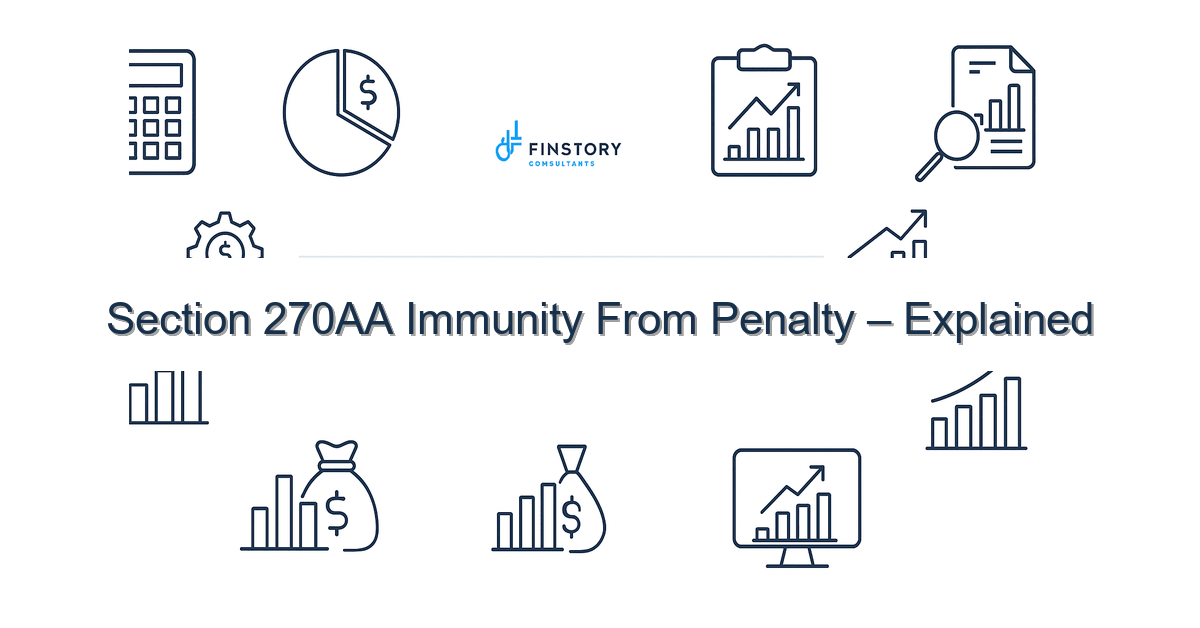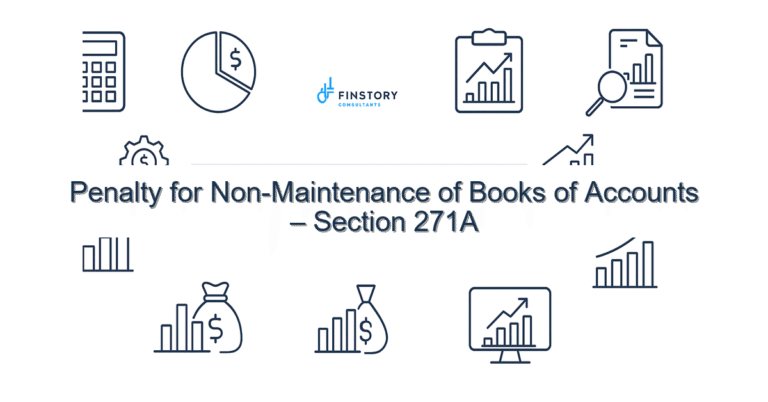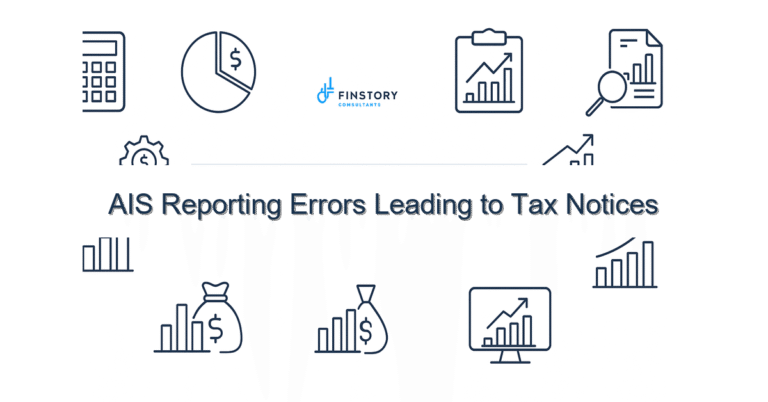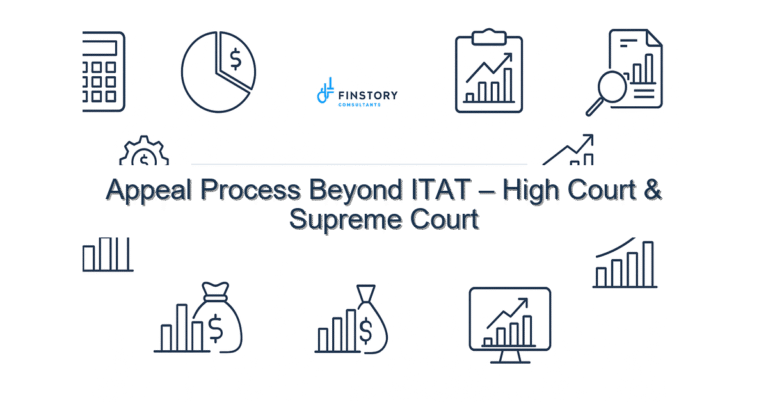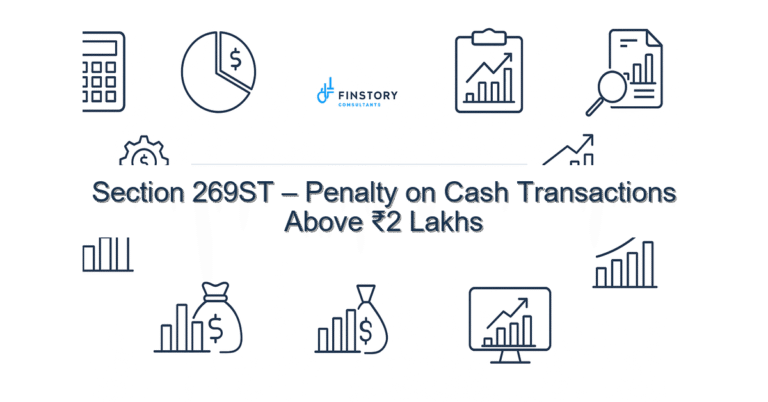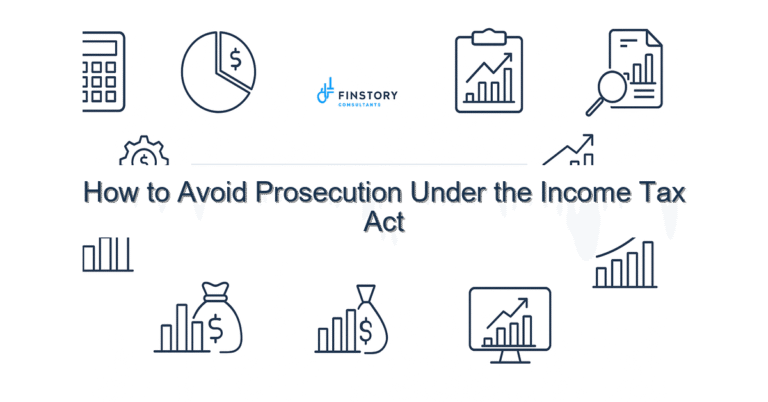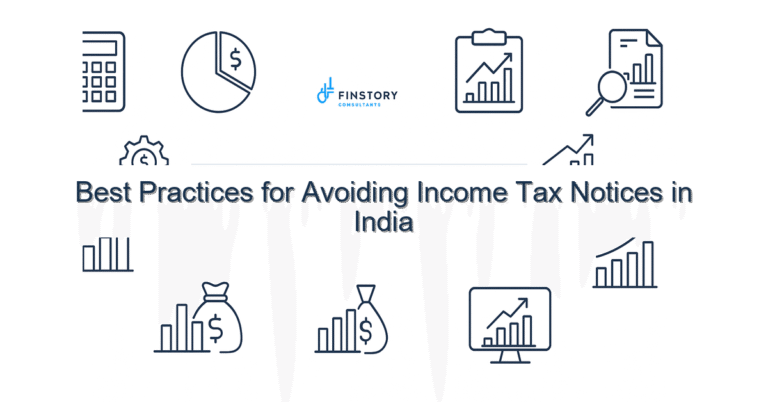Section 270AA Immunity From Penalty – Explained
Facing a tax notice or an unexpected penalty demand is stressful — whether you are a salaried employee, a professional, a founder or run an MSME. I get it: long forms, confusing notices and the fear of heavy penalties make you want to hide or delay action. This note explains Section 270AA in plain language and shows practical next steps.
Summary: Section 270AA provides a pathway to obtain immunity from certain penalties by voluntarily regularising tax defaults—by paying tax, interest and an additional amount (subject to conditions). Acting quickly, documenting carefully and using a structured approach can often reduce cost, avoid prolonged litigation and restore compliance.
What’s the real problem in India?
Many taxpayers in India struggle because tax rules use specialised terms and multiple timelines: assessment year (AY) vs previous year (PY), CBDT circulars, statutory forms and multiple portals. Notices may refer to sections, case laws or deadlines that feel opaque. Non-intentional mistakes can escalate into penalty proceedings if not managed correctly.
- Symptom 1: You get an intimation or notice but don’t know whether to file a revised ITR or wait — missing the ITR filing last date makes things worse.
- Symptom 2: Mismatch in AIS/26AS or TDS/TCS entries shows unexplained income and you fear a penalty.
- Symptom 3: You found an overlooked capital gain where indexation could have reduced tax — now you face a demand.
- Symptom 4: Professionals and founders discover past exemptions or deductions (e.g., Section 80C limit errors) were incorrectly claimed.
What people get wrong
Taxpayers often make avoidable mistakes that increase penalty risk:
- Assuming immunity is automatic —it generally isn’t. You must follow a statutory route to seek immunity.
- Trying to under-report rather than correct — late voluntary correction is treated differently from timely disclosure.
- Ignoring supporting records — poor documentation makes it hard to justify bona fide mistakes.
- Confusing procedural timelines — missing CBDT timelines or portal windows (e-filing portal interactions) can forfeit relief options.
A better approach
Think of Section 270AA as a remedial tool, not a loophole. Use a clear, quick framework to convert exposure into a manageable payment and obtain immunity where available.
- Assess: Immediately reconcile AIS/26AS, bank statements and books to quantify the discrepancy — identify tax, interest and the likely additional amount. For complex matters (capital gains indexation, stock options) get a specialist view.
- Document: Gather purchase/sale bills, agreements, TDS certificates and communication. Good files cut down queries and audits.
- Compute: Estimate additional tax and interest; compute the amount needed for immunity under Section 270AA (consult an advisor — calculations can be case-specific).
- Apply & Pay: File the required response or application on the e-filing portal and make the payment within the permitted period to seek immunity.
- Follow-up: Track the case on the e-filing portal, respond to follow-up queries and secure the immunity order.
Real-world example: A founder discovered unreported ESOP income of Rs. 8 lakh. After reconciling AIS/26AS, paying tax + interest and the prescribed additional amount under the immunity route, she avoided a longer penalty proceeding and saved nearly 40% in potential litigation costs.
Quick implementation checklist
- Reconcile your AIS/26AS with your books and salary slips this week.
- List all discrepancies and estimate additional tax and interest for each item.
- Check if the issue is impacted by capital gains indexation, TDS/TCS shortfalls, or misreported income.
- Gather supporting invoices, bank records, broker contract notes and Form 16/16A.
- Draft a factual note explaining how the error occurred (honest mistake vs concealment).
- Contact a tax advisor to compute the immunity amount under Section 270AA — don’t guess the number.
- File the response or application on the e-filing portal and make the payment using the correct challan.
- Keep proof of payment and acknowledgement; follow up with the assessing officer within statutory windows.
- If you file a revised return, note the ITR filing last date and whether the new vs old regime slabs or deductions like Section 80C limit affect your tax.
- If contested, prepare a concise appeal record and evidence for appellate proceedings.
What success looks like
- Measurable reduction in penalty exposure (often a defined percentage compared to contested penalty).
- Faster closure of the tax case — immunity route typically avoids prolonged litigation.
- Lower compliance cost — fewer legal fees and quicker resolution.
- Higher refund rates when returns are regularised and TDS/TCS reconciled.
- Clear AIS/26AS and reduced future notice frequency from tax authorities.
Risks & how to manage them
Risks:
- Incorrect calculation of the immunity amount can lead to rejection.
- Late payment or improper challan details may invalidate the immunity application.
- Deliberate concealment with poor evidence may still attract heavier penalties or prosecution risks.
How to manage:
- Use a qualified tax advisor to calculate tax, interest and the additional amount; verify challan details before payment.
- Be transparent and provide clear documentary evidence to show bona fide errors.
- If unsure about deliberate vs inadvertent, seek early advice — it changes strategy.
Tools & data
Use these India-specific tools to make the process smoother:
- AIS/26AS — reconcile TDS/TCS, refunds and challans.
- Income-tax e-filing portal — for responses, revised ITRs and tracking notices.
- TDS/TCS tracking tools and payroll systems — to reconcile monthly entries and avoid future mismatches.
- Accounting software for MSMEs and professionals to compute adjustments (capital gains indexation calculators where relevant).
For practical reads on related topics, see [link:ITR guide] and [link:tax-saving tips].
FAQs
Q: What is Section 270AA in simple terms?
A: It offers a statutory route to obtain immunity from certain penalties by regularising past defaults — generally by paying tax, interest and an additional amount and following prescribed procedure. Exact relief depends on facts and computations.
Q: Is immunity automatic once I pay?
A: No. Payment and proper application are necessary. The tax officer reviews the request and issues an order — procedural compliance matters.
Q: Can I use this for any past mistake (TDS/TCS, under-reported income, missed indexation)?
A: Many types of discrepancies can be addressed, but scope varies. For example, reconciling TDS/TCS and correcting capital gains with indexation may reduce tax before you seek immunity. Always check specifics.
Q: Will seeking immunity affect prosecution or criminal proceedings?
A: Seeking immunity by itself is a compliance step. However, issues that amount to deliberate concealment with fabricated evidence can attract prosecution. Timely, honest disclosure and documentation reduce that risk.
Next steps
If you see a mismatch in AIS/26AS, received a notice, or simply want to regularise past returns before the ITR filing last date, don’t delay. A quick assessment can often save significant money and stress. We help salaried taxpayers, professionals, founders and MSMEs: reconciliations, immunity computations, filing on the e-filing portal and representation.
Work with Finstory. Speak with an Expert for a personalised plan to reduce your tax outgo and stay compliant. Book a free 20-min consultation.
📞 Need help with Income Tax in India?
Book a 20-min consultation with our tax team. Individuals, founders & MSMEs welcome.
Prefer email or phone? Write to info@finstory.net
or call +91 44-45811170.
